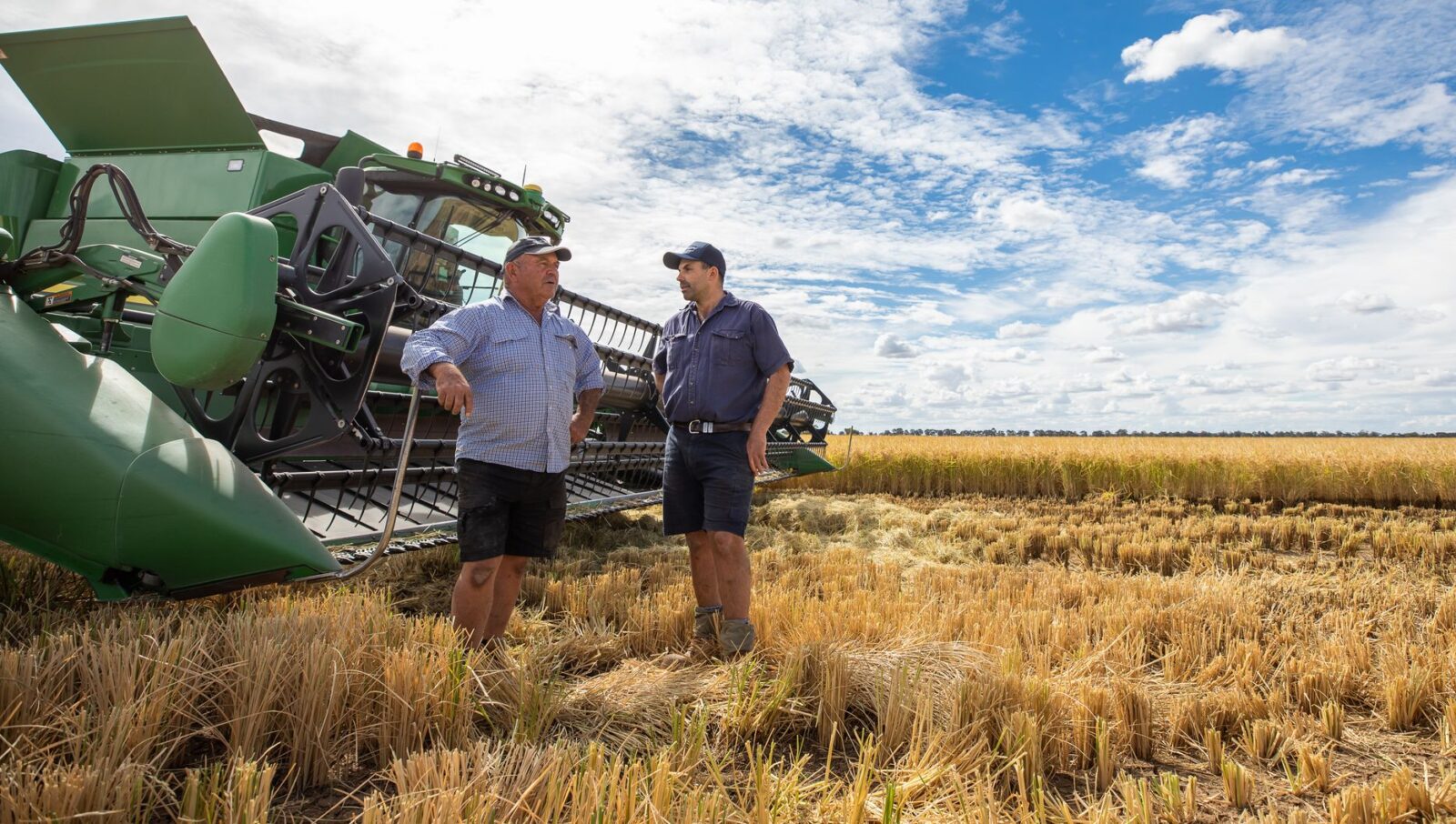
Frequently asked questions
What is the aim of the Community Perceptions and Worker Experiences Program?
The Community Perceptions and Worker Experiences Program aims to deliver insights into community perceptions about working in rural industries, as well as explore worker experiences and the impact they have on workforce attraction and retention.
The Community Perceptions and Worker Experiences Program is a component of the Australian Government’s AgATTRACT initiative and contributes to the achievement of the Human Capital tranche of measures responding to the National Agricultural Workforce Strategy in the Agriculture 2030 package.
The Program is being administered by AgriFutures Australia and is being delivered under National Challenges and Opportunities focus area, as set out in the Strategic Plan 2022-2027.
Why is this research being funded?
In providing insights and research findings about how a job in rural industries is perceived by the community, and what drives current workers to stay in or leave rural industries, the Program aims to provide recommendations to improve workforce retention and attraction.
The Program also aims to better inform the Australian community and jobseekers about what a job in rural industries involves and improve understanding of the workforce opportunities in a modern agriculture, fisheries and forestry sector. Furthermore, with this greater understanding, there will be a greater appreciation of the choices and pathways available to enter the agricultural workforce.
The Program challenges gender based and outdated perceptions of modern agricultural work and will inform actions to improve the sector’s capacity to attract and retain workers and establish a base line against which industry can measure the effectiveness of further interventions.
Who is involved in the Program?
A series of online roundtables were held with stakeholders including government, farming groups and education providers. Briefing sessions with a cross-section of industry
groups in the agriculture, fisheries and forestry sectors were
also held.
Seftons & Associates was appointed to manage the Program delivery, data science company Voconiq was appointed to complete the quantitative research and social Research Group so it reads Wallis Research Group completed the qualitative research.
In addition, an interactive forum was held in August 2022 with a cross-section of stakeholders to facilitate in-depth consideration of the research data and what it meant for individual industries within agriculture, fisheries and forestry.
AgriFutures Australia administers the Program. A Steering Committee was established to guide the delivery of the Program, comprising representatives from Department of Agriculture, Fisheries and Forestry (DAFF), AgriFutures Australia, Primary Industries Education Foundation Australia, (PIEFA), SkillsOne, National Farmers’ Federation, (NFF), Dairy Australia and the National Careers Institute (NCI).
How is the research being undertaken?
There are two components of the Program, quantitative and qualitative research.
Quantitative research:
The quantitative research aimed to establish a baseline for workforce and community perceptions, identify key drivers of workforce retention and talent attraction and provide recommendations to improve workforce retention and attraction.
A series of interviews and online roundtables with industry stakeholders informed the development of the quantitative survey, completed between May and June 2022. Cluster and path analysis were used to identify the main drivers of attraction and retention, which are the basis for industry recommendations.
Qualitative research:
The research was designed to understand what the general population and future workers’ beliefs are about rural industries, reveal details on the experiences of workers in rural industries and to identify what the push and pull factors are for worker attraction and retention.
The qualitative research involved a combination of focus groups and in-depth interviews with targeted stakeholders. Specifically, 43 in-depth interviews were carried out with innovators, workers and prospective workers, and four focus groups were held between May and August 2022. A thematic analysis of the data was conducted to identify patterns and themes.



